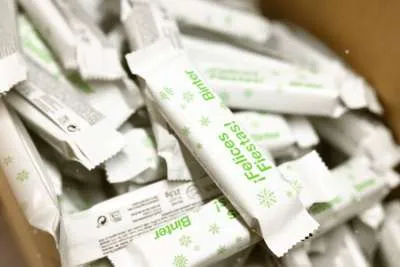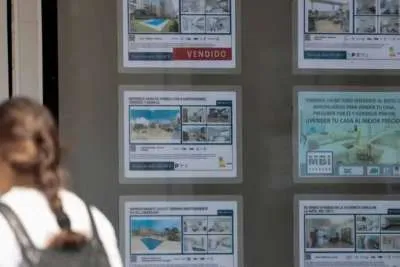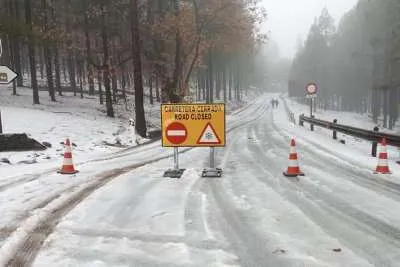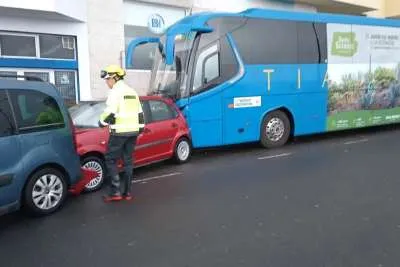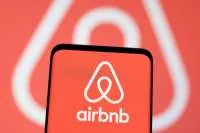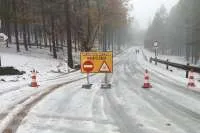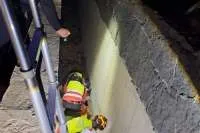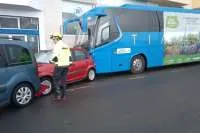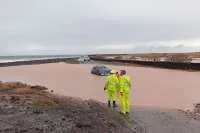Integrating PBL into the curriculum: Empowering students through real-world challenges
- 20-07-2023
- Business
- Canarian Weekly
- Photo Credit: Pexels
Problem-based learning (PBL) is a student-centred pedagogy. With this approach, students learn about a subject by working in groups to solve an open-ended problem. This problem is what drives motivation and learning. So the teacher doesn’t lecture and the students passively receive information. Instead, PBL encourages students to take an active role in their learning process.
What’s interesting, PBL relates to essay writing. How? Well, writing an essay is, in a way, a form of problem-solving. You have a question or a topic that you need to explore and explain. To do that, you have to research, organize your thoughts, create an argument, and present it in a logical and coherent way. In other words, you're actively engaging with the material, not just passively regurgitating information.
Moreover, PBL also promotes self-directed learning, which is vital in essay writing. You have to take charge of your learning and first decide what information you need. Then, you have to find that information and figure out how to effectively use it in your essay.
If you can’t do it, you need free examples of essays, in particular “problem solution essays.” Now, students have easy access to ideas for problem solution essays online, so they can be very helpful. Just don’t neglect all the resources available to us today.
The Problem of Modern Curricular.
You know, there's a bit of an issue with a lot of the school stuff we've got going on today. They're missing something important – problem-based learning, or PBL for short. See, most of the time, we're just asked to soak up what the teacher's saying like a sponge, then spit it back out on a test. But life doesn't work like a multiple-choice quiz, right?
That's where PBL could help. Instead of just listening to lectures, you're thrown into the thick of things. You're given a problem and it's up to you to figure out how to solve it. It's not about memorizing facts, but about thinking critically and creatively. And also, teamwork is a big part of PBL too.
The tricky thing is, PBL isn't as straightforward as the traditional way of doing things. It's not as easy to grade, and it takes a lot more planning to pull off. That's probably why a lot of schools are still sticking to the old ways.
But let's not ignore the good stuff PBL can do. It prepares us for real-world problems that don't always have clear answers. And when the going gets tough, there are resources like EduBirdie to help out.
EduBirdie can provide some extra support when you're working on those tough assignments, helping you to become a better problem-solver. So, here's to making learning more about tackling real-life challenges and less about filling in the right bubbles on a test.
Integrating Problem-Based Learning into the Curriculum.
Let's break down how to weave problem-based learning (PBL) into a student's curriculum in a step-by-step manner.
Step 1: Identify Real-World Problems
The first step in implementing PBL is finding the right problem. And by "right," we mean a problem that is complex, relevant, and open-ended. Real-world problems are perfect because they're relatable and engaging. So, dig around for some current issues or use your subject matter to frame an intriguing problem.
Step 2: Design the Project.
Once you've identified a problem, the next step is to design a project around it. This should involve clear objectives, learning outcomes, and a timeline. Remember, PBL is student-centred, so the project should encourage students to research, discuss, and come up with solutions.
Step 3: Introduce the Problem.
Kickstart your PBL journey by introducing the problem to your students. Provide context and get them interested. Explain the project objectives and what they're expected to do. Remember, the goal isn't to give them answers but to prompt them to find their own.
Step 4: Facilitate Research and Learning.
As students start working on the problem, your role is to guide them. You're not giving lectures, but you're providing resources, answering questions, and helping them connect the dots. During this phase, students will be doing a lot of independent and group work, research, discussion, and maybe even some fieldwork.
Step 5: Support Collaboration.
PBL usually involves group work. This is where students brainstorm ideas, share knowledge, and develop solutions together. Facilitate this process and ensure every student is involved. Tools like Google Docs, Slack, or Trello can be useful for online collaboration.
Step 6: Assessment.
With PBL, assessment isn't just about the final solution, it's about the entire process. So, while the final presentation or report is important, also consider how students worked, what they learned, and how they applied their knowledge. Providing feedback along the way and involving students in the evaluation process can also be beneficial.
Step 7: Reflect.
Reflection is a key part of PBL. After the project is done, encourage students to reflect on what they've done, what they've learned, and how they've learned it.
· What worked?
· What didn't?
· What would they do differently next time?
In conclusion, integrating problem-based learning into the curriculum is more than just a pedagogical shift. It's an empowering strategy that catapults students into the heart of real-world challenges.
Students are not only learning the core subject matter, but they're also picking up essential life skills like teamwork, research, and communication. And here's where the magic happens. As students grapple with problems, they're actually learning to structure their thoughts and present information effectively, skills that are key not only in tackling the real world but also in acing academic challenges like essay writing and research projects.
However, problem-based learning isn't about getting the right answers straight away, and neither should grading college papers. It's about the journey, the effort, the critical thinking, and the acquired knowledge.
This is where insightful teacher comments for students' writing come into play. Feedback can be the compass that guides students on their path of exploration, nudging them toward deeper understanding and self-improvement.
Other articles that may interest you...
Trending
Most Read Articles

Featured Videos
A Vision of Elvis Tenerife Promo
- 10-05-2025
TEAs 2025 Highlights
- 17-11-2025









